Is Pruning the Same as Weeding? Understanding the Key Differences and Benefits
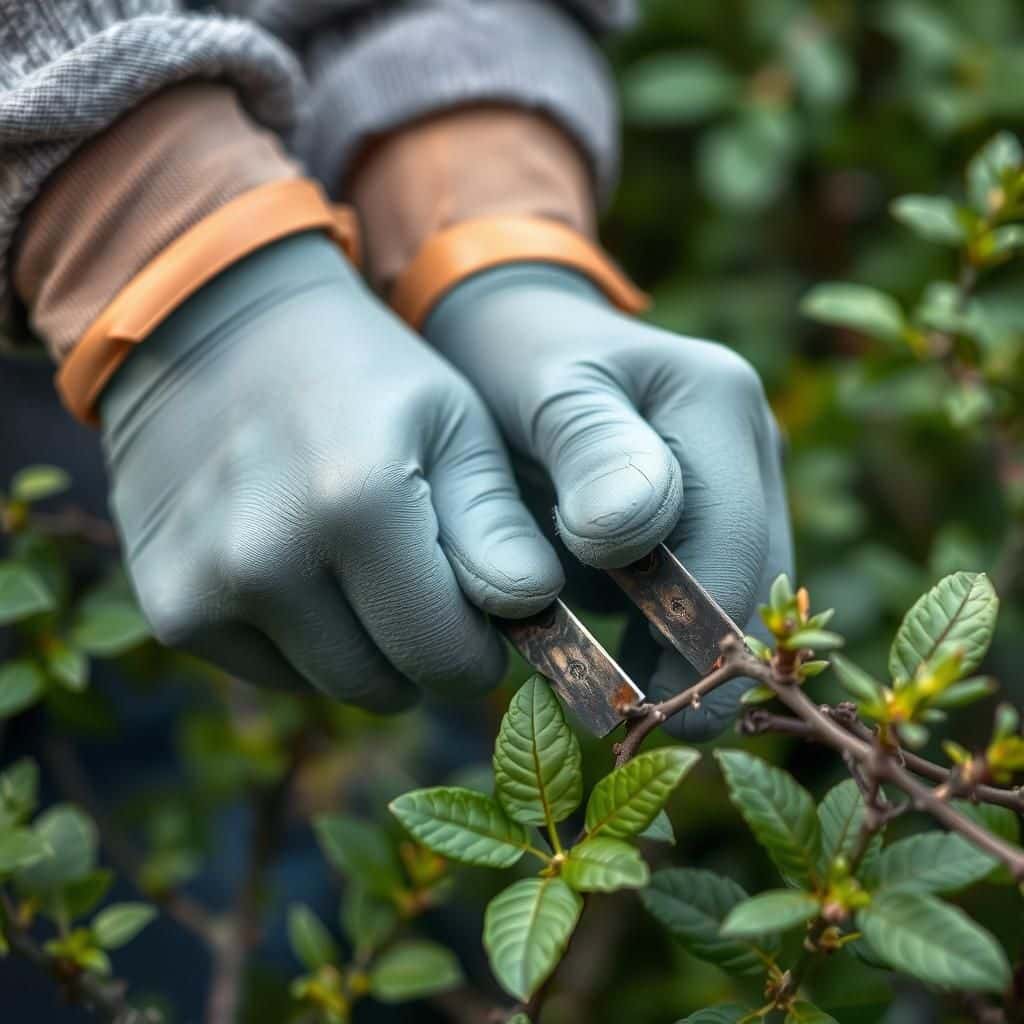
Pruning and weeding are essential practices in gardening, but they serve distinct purposes and yield different benefits. While pruning involves the careful cutting back of plants to promote growth and health, weeding focuses on removing unwanted plants that compete for resources. Understanding the key differences between these two gardening techniques can significantly impact the overall health of your garden. This article will explore the unique roles that pruning and weeding play, the benefits they offer to plants and ecosystems, and how to effectively implement each method for optimal garden maintenance.
Is Pruning the Same as Weeding?
Pruning and weeding are often mistaken for one another, but they serve distinct purposes in gardening and plant care. Pruning involves the selective removal of specific parts of a plant, such as branches or roots, to improve its health, shape, and growth patterns. It aims to enhance light penetration, air circulation, and, ultimately, the overall productivity of the plant. On the other hand, weeding focuses on the removal of unwanted plants—commonly referred to as weeds—that compete with desired plants for nutrients, water, and light. While both practices are essential for maintaining a healthy garden, they target different aspects of plant management and ecology.
The Purpose of Pruning
Pruning serves several critical functions that directly benefit the plant. It can help remove dead or diseased branches, which helps to prevent the spread of disease and encourages healthier growth. Pruning can also shape the plant to maintain its desired aesthetic and improve its overall structure. Additionally, during the growing season, proper pruning methods can stimulate the growth of new buds and flowers, leading to a more fruitful harvest in crops. By allowing better air circulation and light access, pruning enhances the plant's ability to thrive.
The Purpose of Weeding
Weeding is a crucial aspect of garden maintenance, focused on removing unwanted plants that compete with cultivated crops. Weeds can absorb essential nutrients, water, and light necessary for the growth of desirable plants, thereby hindering their development. By regularly weeding the garden, gardeners ensure that cultivated plants receive the maximum resources available. Furthermore, some weeds can harbor pests or diseases that pose threats to the health of the garden, making weeding an important preventive measure for maintaining a flourishing planting area.
Timing of Pruning vs. Weeding
The timing of pruning and weeding varies significantly based on the plant type and the growing season. Pruning is usually performed during the dormant season for many deciduous plants, often in late winter or early spring, allowing for optimal recovery when growth resumes. In contrast, weeding is an ongoing process that often requires frequent attention to address the rapid growth of unwanted plants throughout the growing season. This necessitates vigilance, as weeds can quickly overtake a garden if not managed promptly.
See also: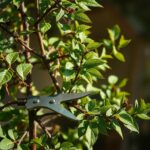
Techniques Used in Pruning and Weeding
Different techniques are employed for effective pruning and weeding, reflecting their unique objectives. Pruning requires specific tools like pruning shears, loppers, or saws, and techniques like thinning, heading back, and shaping are employed based on the plant's growth needs. Weeding, on the other hand, may involve tools such as hand trowels, hoes, or even mulching to suppress weed growth. The strategies focus on removing the entire root structure of the weed for complete eradication, while pruning techniques aim at careful, selective cuts to encourage healthy plant growth.
Impact on Plant Health
Both pruning and weeding have significant impacts on the health and vitality of plants. Pruning enhances plant health by removing diseased or weak branches, thus fostering better growth and increasing resilience against pests and diseases. Conversely, weeding is vital for maintaining nutrient availability in the soil, preventing competition for resources. By ensuring that selected plants flourish without interference from weeds, gardeners can promote a balanced ecosystem that supports biodiversity and offers protection against potential threats to plant health.
| Aspect | Pruning | Weeding |
|---|---|---|
| Purpose | Enhance plant growth | Remove unwanted competition |
| Timing | Dormant season | Year-round |
| Tools | Pruning shears, loppers | Hand trowels, hoes |
| Impact on Health | Improves resilience | Reduces competition |
| Techniques | Thinning, heading back | Root removal, mulching |
Do you prune weeds?
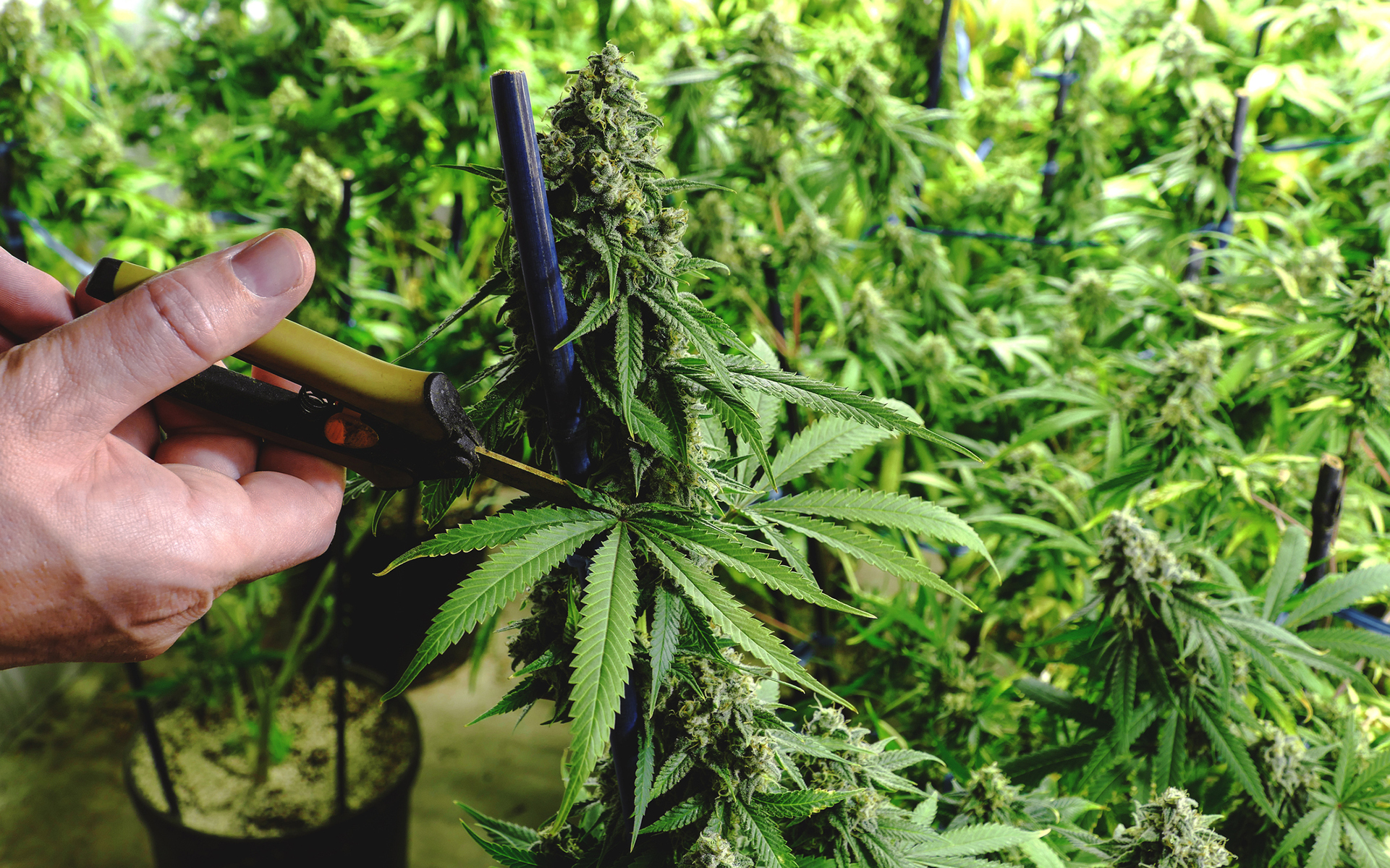
Understanding the Importance of Weeding
Weeding is a crucial component of maintaining a healthy garden or lawn. It involves the removal of unwanted plants that compete with your cultivated plants for resources. Weeds can harbor pests and diseases, stunt the growth of your plants, and take away nutrients and water. Regularly weeding helps in promoting better air circulation and moisture retention for desired plants. Here are some reasons why weeding is essential:
- Resource Competition: Weeds compete with crops for sunlight, nutrients, and water.
- Pest Control: Many weeds attract pests that could infest nearby plants.
- Improved Aesthetics: A clean garden enhances the overall visual appeal.
Methods of Pruning Weeds
Pruning weeds does not necessarily mean cutting them back in the traditional sense, but rather involves techniques for effectively removing them. There are several methods available for controlling weeds in your garden or yard, each having its own benefits and drawbacks. Common methods include:
See also: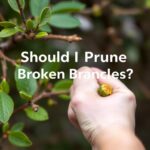
- Hand-Pulling: This method involves manually pulling weeds out of the root, ensuring that they do not regrow.
- Hoeing: Using a hoe allows for quick removal of weeds, especially before they have a chance to establish deep roots.
- Mulching: Applying mulch suppresses weed growth by blocking sunlight and retaining moisture in the soil.
Timing for Weeding
Timing is crucial when it comes to pruning weeds effectively. Weeds can be more easily managed when they are young and tender. Understanding the life cycle of common weeds can assist in determining the best times to weed. Here are some pointers regarding timing:
- Seasonal Weeding: Weeds often thrive in spring; targeting them in early spring can significantly reduce their prevalence.
- After Rain: Weeding is easier when the soil is moist, making it simpler to uproot the weeds.
- Before Blooms: Remove weeds before they flower and seed to prevent further spreading.
Tools for Effective Weeding
Having the right tools makes the task of pruning weeds much more efficient. Various tools are designed specifically to assist in the removal of weeds without damaging desired plants. Here are some essential weeding tools:
- Weeding Fork: Ideal for loosening soil around stubborn roots.
- Hand Trowel: Good for digging up small weeds, especially in tight spaces.
- Garden Hoe: Effective for larger areas and preventing new weed growth.
Long-Term Strategies for Weed Control
To maintain a weed-free garden over the long term, it's essential to implement strategies beyond just pruning. Developing a comprehensive plan can reduce the likelihood of weeds returning. Consider employing the following strategies:
- Healthy Soil: Focus on enriching your soil with organic matter, enhancing the growth of desired plants over weeds.
- Cover Crops: Grow cover crops during off-seasons to prevent weeds from taking hold.
- Regular Maintenance: Establish a routine of monitoring and weeding to ensure your garden remains healthy and weed-free.
Questions from Our Readers
Is pruning the same as weeding?
No, pruning and weeding are not the same. Pruning involves cutting back specific parts of a plant, such as branches or stems, to promote healthy growth, while weeding is the process of removing unwanted plants or weeds that compete with desired plants for resources.
What is the purpose of pruning?
The main purpose of pruning is to enhance the growth and development of a plant by removing dead or diseased branches, shaping the plant, and improving air circulation and light penetration. Proper pruning can lead to healthier plants and increased yields.
See also: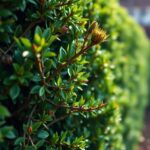
When should I prune my plants?
The timing of pruning varies by plant type, but it is generally advisable to prune during the dormant season, usually late winter or early spring, before new growth begins. However, some flowering plants may require pruning right after their flowering period for optimal results.
How does weeding benefit my garden?
Weeding benefits your garden by eliminating competition for nutrients, water, and sunlight that desirable plants need to thrive. By regularly removing weeds, you help ensure that your plants grow stronger and healthier, resulting in a more productive garden overall.

If you want to read more articles like Is Pruning the Same as Weeding? Understanding the Key Differences and Benefits, we recommend you check out our Pruning category.
Leave a Reply
Related Articles